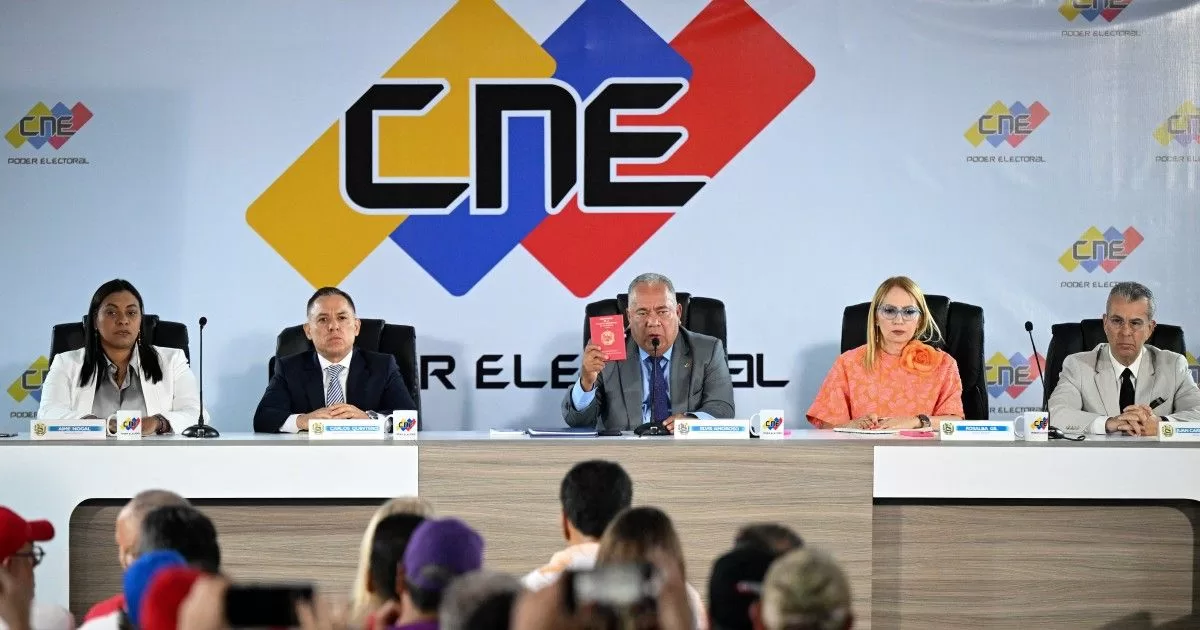Despite the fact that the federal government’s narrative emphasizes that “for the good of all, the poor come first”, the social programs deployed by the administration of the president, Andrés Manuel López Obrador, have increased the number of households of rich families benefited and decreased that of favored poor families, according to analyzes carried out by academics.
For Máximo Ernesto Jaramillo-Molina, a researcher at the University of Guadalajara, the federal government’s social policy has lost its redistributive power; It stopped privileging the poor, as happened in previous six-year terms, and ended up benefiting the richest households in the country more, who now receive the money that was taken from poorer households that previously received it.
According to the National Council for the Evaluation of Social Development Policy (Coneval), in 2019 the federal government established 17 priority social development programs. Subsequently, some were removed from the list and more were included.
Currently there are 16 and they are the following:
From 2018 to 2020, the richest population benefiting from social programs went from 6% to 17%
In the document “First the poor”: Social policy of inequality and poverty during the six-year term of López Obrador”, the academic Máximo Ernesto Jaramillo-Molina explains that official data shows that, in 2016, that is, in the fourth year of the president’s six-year term Enrique Peña Nieto, 67% of the population living in poverty received at least the benefits of a social program. By 2020, it was 43 percent.
“This means that the majority of the population in a situation of extreme poverty (57%) did not have access to any type of social monetary transfer program that would support their income.”
In addition, it stands out that in decile X, that is, in the richest 10% of the country, the percentage of the population that receives social programs practically tripled, from 6% to 17%, between the period of 2018 and 2020.

For the academic, perhaps this is due to the change in the orientation of most of the budget: before this six-year term, social programs focused on the population living in poverty were privileged (such as Prospera); the government of López Obrador channels the budget mainly to the elderly and the universal pension they receive.
The specialist draws attention to the fact that, while in 2018 half of the poorest households were beneficiaries of the Prospera program, by 2020 no social program has reached the coverage that this program had: 20% receive the Benito Juárez Basic Education Scholarship , 8% the Benito Juárez Scholarship for Higher Secondary Education and 10% the Pension for Older Adults. Taken together, all existing programs in 2020 reach 40% of the population in that decile, even below what only the Prospera program achieved in 2018.
According to Coneval, if the indicators of the 2019 and 2021 programs are compared, it is observed that the Pension for the Well-being of Older Adults maintained a coverage of 94 percent. Although the number of beneficiaries grew, the target population also grew. That of Production for Well-being lowered its coverage from 91 to 88 percent.
Young People Building the Future dropped its coverage from 33 to 13% and that of Benito Juárez Universities for Well-being dropped from 15 to 10 percent.
The coverage study carried out by Coneval revealed that in general, the priority programs served 27 million Mexican people in 2021, a figure equivalent to 64% of the target population of the programs. From 2020 to 2021, the programs that increased their population served the most are:
- Pension for the Well-being of the Elderly.
- Basic Education Scholarship Program for Well-being Benito Juárez.
- Universal Scholarship for Benito Juárez High School Students.
Among the three programs, they incorporated 5.6 million beneficiaries, that is, an increase of 26% compared to the previous year. Coincidentally, these programs are the ones with the highest coverage percentage, above 70% in 2021.
On the other hand, the results of the Effective Fulfillment of Goals show that 56% of the priority programs had adequate or outstanding compliance in 2021.
In 2018, 23% of monetary transfers went to the poorest; in 2020 only 10%
Máximo Ernesto Jaramillo-Molina stresses that while the beneficiaries of the decile with the lowest income (decile I) saw the amounts of the monetary transfers they received almost stagnate between 2018 and 2020, the richest households, that is, those of the richest 10% or from decile X, benefited from a 60% increase in the average transfer amount they received.
On the other hand, in 2018 social policy in Mexico was redistributive: 23% of the total amount of monetary transfers went to the pockets of the poorest 10% households and only 2% went to the richest 10%.
In 2020, redistributive power was nullified: 10% of total monetary transfers go to the poorest 10%, with similar figures for almost any decile.
The academic’s estimates state that the population that escapes poverty remained at 9% thanks to income from monetary transfers from social programs. Instead, the increase in total poverty is also due to the increase in the population that would be in a situation of poverty if it were not for the social programs, going from 59% in 2018 to 62% in 2020.

From 2018 to 2022, the increase in spending on social programs, as a percentage of national GDP, was 0.7%
Based on the figures from Coneval’s National Inventory of Social Programs and Federal Social Actions, Jaramillo-Molina assures that 2022 would be the first year in which the absolute total amount at constant prices reaches a historical maximum, with 1.3 trillion pesos, which it would be barely 3% above the maximum reached in 2015. But it is not enough to compare absolute amounts, but rather the size of the country’s total income, to have a measure that reflects the reality of the total scope of social policy.

When making the comparison, with respect to the total size of the economy, that is, compared to the Gross Domestic Product, it concludes that in four years the total increase compared to 2018 has been barely 0.7% of GDP, reaching a total of 4.7%. With this figure, spending on social programs during López Obrador’s six-year term would be less than that of the last four years of Felipe Calderón’s six-year term and than the first three years of Peña Nieto’s six-year term.

On the other hand, the diagnosis of Results Indicator Matrices (MIR) carried out by Coneval revealed that, in 2022, 50% of priority programs obtained an adequate or outstanding design rating.
Of the 16 priority social development programs, 75% managed to fully or partially identify the issue they address. However, there are still four priority programs that are not clear about their target population and are: Benito Juárez García Universities for Well-being; National Reconstruction Program; Sowing Life; Health Care and Free Medicines for the Population without Labor Social Security.
When analyzing the budget concentration by population group, it is observed that older adults have the largest part of the budget for priority programs with 47 percent. In contrast, the population in conditions of vulnerability is the group with the lowest budget, since it only has 1 percent.
The evaluation is deficient
For her part, Adriana García, coordinator of the Economic Analysis of Mexico, How Are We Going?, explained that something that is lacking in this administration is the evaluation of social programs to be able to speak with data about the results and whether this type of intervention has been appropriate.
Regarding the design of public policies, he said that, only the Benito Juárez monetary transfer program, to be successful must be accompanied by investment in educational infrastructure, in order to fulfill the destination of the resources.
“If we don’t have places in the classrooms to serve our students, the monetary transfers will probably be used for purposes other than education and capacity building.”
In this sense, he indicated that, due to the economic impact derived from the Covid-19 pandemic, the resources received by families whose objective was to advance in education were surely used for subsistence.
Likewise, he explained that, in the case of pensions for the elderly, although Mexico, how are we doing? He is not against the universal nature of this public policy, the problem with this type of intervention is that Mexico does not have the resources to be able to offer pensions to all the elderly, because it has very little fiscal space.
In addition, the unfocused dispersion of the bag of resources allocated to this program does not allow it to have the desired impact in those places that need it most.
These pensions grow like a snowball and benefits are increased every year, but there is no strategy to finance them.
This social policy is not being redistributive and in the end it will end up choking the resources available to attend to the education and health of Mexicans.


